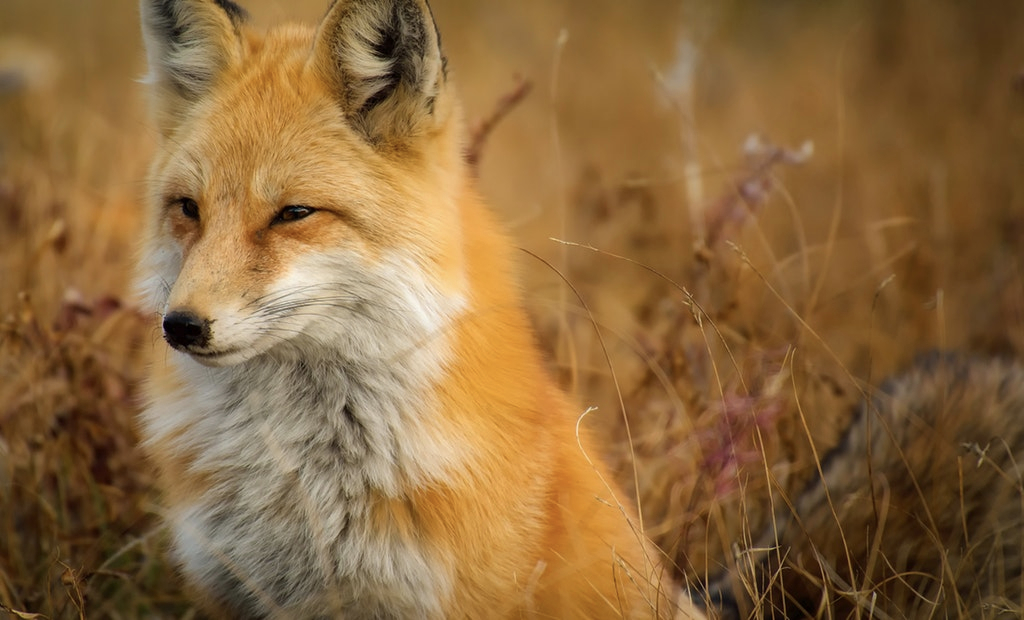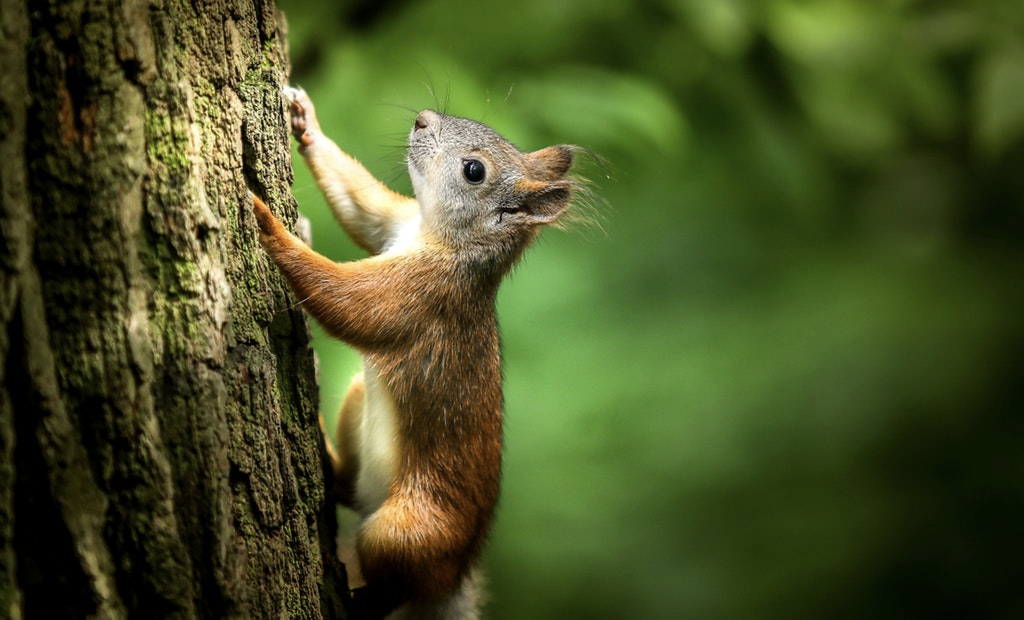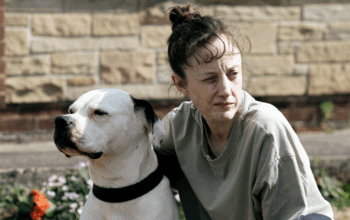Top ten places to spot wildlife in the UK

You don’t need to travel half way across the world to be up close with wildlife. You can see plenty of wildlife, right here in the UK.
When spotting wildlife in the UK, dependant on your location, you might expect to find common species of birds, squirrels, rabbits etc. But, before setting out on your wildlife spotting adventure, were you aware of some of the best locations to spot wildlife? Here are ten of the best to get you started.
Lyme Park, Cheshire
Lyme Park, a large estate owned by The National Trust, is located south of Disley in Cheshire is home to the brown hare.
Whilst the brown hare may not sound exotic or unique, they are such large and elegant creatures, that they are a real joy to watch. Unfortunately, they suffered a 75% decline in population in the UK over the last 50 years, making them increasingly difficult to spot out in the wild. The best time to visit Lyme is in March, during the hare’s mating season: they are otherwise known as Mad March Hare. During the mating season, these shy creatures can be seen “boxing” in open fields when the female is rebuffing unwanted partners.
The New Forest, Hampshire
Whilst the New Forest is primarily famous for its wild ponies, the UK’s newest national park is also home to half a dozen species of British reptiles. This includes adders (our only poisonous snake), the rare sand lizard and the smooth snake.
If you’re eager to see some of these unique reptiles, you can head over to The New Forest Reptile Centre to discover how they are being conserved in the New Forest and pick up some tips on where to find them out in the wild.
Isle of Wight
The Isle of Wight, located off the south coast of England is well-known for its beaches and seafront promenades. It is also home to the rare red squirrel.
With the UK home to 2.5 million grey squirrels, they massively outweigh the reds at only 138,000 throughout the UK, which makes them increasingly harder to spot. However, if on the Isle of Wight in the autumn season, head to the Red Squirrel Cycle Trail which will take you through 23 miles of countryside. To increase your chances of a sighting, the trail can be taken over 2-3 days.
Exmouth
For those who like exploring late at night, keep an eye out for female glow worms. At night time, they light up to attract a mate and you can be sure that if you see a glowing female worm, you’ll find a male close by.
You can find these fascinating creatures in Bystock Pools near Exmouth. The best time to head out is in June-July after dark, be sure to take a torch (don’t worry they aren’t sensitive to light) as you’ll increase your chances of seeing adult glow worms. If you’re extremely lucky, you may be able to spot their eggs which also glow in the dark. Despite being called “worms” they are actually beetles.
Bempton Cliffs, East Yorkshire
One of the largest sea birds who call the UK home are the northern gannets. They are larger than regular seagulls and give a whole new meaning to the word “speed”, as they can reach speeds of up to 100km per hour!
If you’re keen to spot northern gannets, they mostly gather on cliffs and in particular Bempton Cliffs, where there are guided paths to help you get the best view of these majestic birds. You can even have a picnic while you’re at it.
Around half a million sea birds gather in the breeding season and the other residents include a large puffin colony, razorbills, guillemots, short-eared owls, peregrines, skylarks and many others.
Lundy Island, Bristol Channel
Lundy Island is England’s only Marine Nature Reserve: it is home to a vast array of marine wildlife such as the basking shark, dolphins, a colony of grey seals and many varieties of sea birds.
Due to the vast range of marine wildlife, it is a hotspot for divers: the Statutory Marine Nature Reserve on the island supplies air canisters and changing room facilities.
Hartslock Reserve, Hertfordshire
This particular location has been made a Site of Special Scientific Interest (SSSI) on account of the number of very rare Monkey orchids that flower here – one of only three sites to spot them in the UK – as well as other more common wild varieties. Not only home to these beautiful orchids, flying around them you can find several varieties of butterflies, bees and day-flying moths.
The most common butterflies to find are; Green Hairstreaks, Painted Lady, Small Heath, Common Blue and the Brimstone.
Peak District, Derbyshire
You will not be disappointed when visiting the Peak District as it is considered to be a wildlife haven. Autumn tends to be the most popular time of year for many people to visit when the Peak District turns a gorgeous orange.
You can expect to see a vast range of wildlife including red grouse, mountain hares, bats, hen harriers and different species of owl. To see similar wildlife, other locations include; Kinder Scout, Howden Edge and Derwent Edge.
Northward Hill, Kent
Commonly known as the home to Northward Hill RSPB Reserve it’s located alongside the Thames marshes.
The beautiful and vast number of trees hosts a roost of over 100 pairs of grey herons as well as 93 pairs of egrets. When mature adult herons can be up to 3-4 feet tall with a wingspan of around 6ft. Top tip for spotting a heron in Kent is to look for a body of water and adjoining marshland as this tends to be the des-res location for these predatory birds.
Cirencester, Gloucestershire
The wild beaver had regular sightings during the reign of Henry VII, however since then, a re-introduction programme was introduced and the first kits were born in 2008.
The beavers were given 550 acres of land on the Lower Mill Estate, near Cirencester, which offered them the breadth of landscape that they needed. As beavers are largely nocturnal, the best and most reliable time to spot them is between from dusk and dawn during July and August. Look for a gentle v-shaped wave coming from their heads as they silently move through the water.
The UK is home to an amazing variety of wildlife and if you’ve been fortunate enough to spot any please share what you saw and where you saw it in the comments below.
The editorial unit



























Facebook
Twitter
Instagram
YouTube
RSS